Your Old Christmas Cards Might Be Worth Serious Money
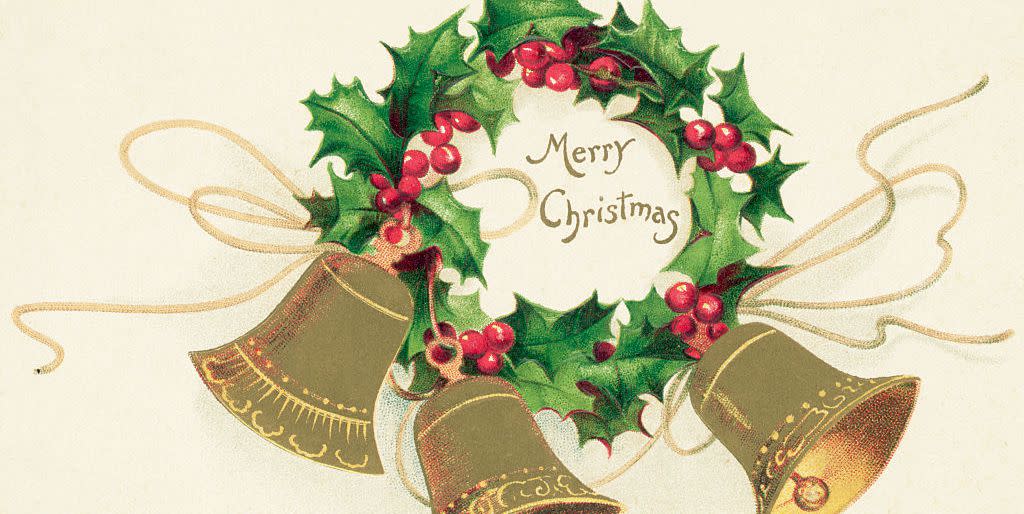
Come January, Christmas cards usually go straight from the mantel to the trash, but not all season's greetings count as clutter. Certain kinds of correspondence can in fact be sold for cold, hard cash.
The market for Christmas collectibles is actually on the rise, according to Terry Kovel, co-author of the Kovels' Antiques & Collectibles Price Guide. "All of the holidays have gotten more popular in collecting," she says. "And the most popular one obviously is Christmas." Vintage cards in good condition can fetch about $10 to $50 apiece, she says, but particularly valuable ones can shoot up into the three- or even four-figure range.
If you stumble upon a big box of holiday cards at an estate sale, flea market, or even your own attic, here's what to look for in terms of finding the big bucks.
Age
The Christmas card tradition first started in the Victorian era, when the introduction of the Penny Post in England made letter writing very popular - and a somewhat time-consuming effort for prominent society member Henry Cole, according to Smithsonian.com.
As not answering his stack of correspondence appeared impolite, the London socialite decided to speed up the task by enlisting his friend, artist J.C. Horsley, to design a festive card with a fill-in-the-blank salutation in 1843. The first-ever Christmas card soon inspired copycats, with holiday greetings taking off both in Britain and the United States by the end of the century.

It's no surprise then that some of the most valuable cards today are also the oldest.
"Christmas cards are something called emphera, so they were designed to be used for only a short time," says Richard Davies, Head of Content for online collectibles marketplace AbeBooks.com. "The older the postcard, the less likely it is to have survived, so pre-1900s postcards are hard to find."
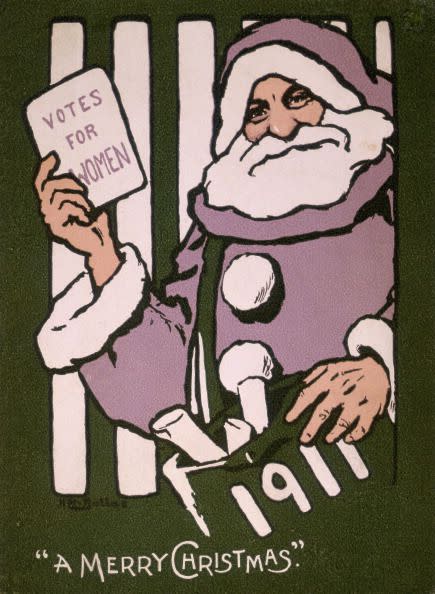
Some cards will have the year printed on the front or the back, but motifs can also help date the card. "If they look Victorian, they usually are Victorian," Kovel says. Popular themes of the era included flowers, robins, and personified animals in general.
Artistic Value and Content
"When you and I go and buy a box of Christmas cards, we buy mass-produced ones," Davies says. "But over the years there are examples of Christmas cards that have been one-offs or printed in a very small print run created by an artist of significance."
Prominent Victorian artist Kate Greenaway designed a number of holiday cards and inspired a slew of competitors. In later years, companies even commissioned big names like Salvador Dalí, Grandma Moses, and Norman Rockwell for designs. More recent favorites included illustrators Tasha Tudor and Tyrus Wong.
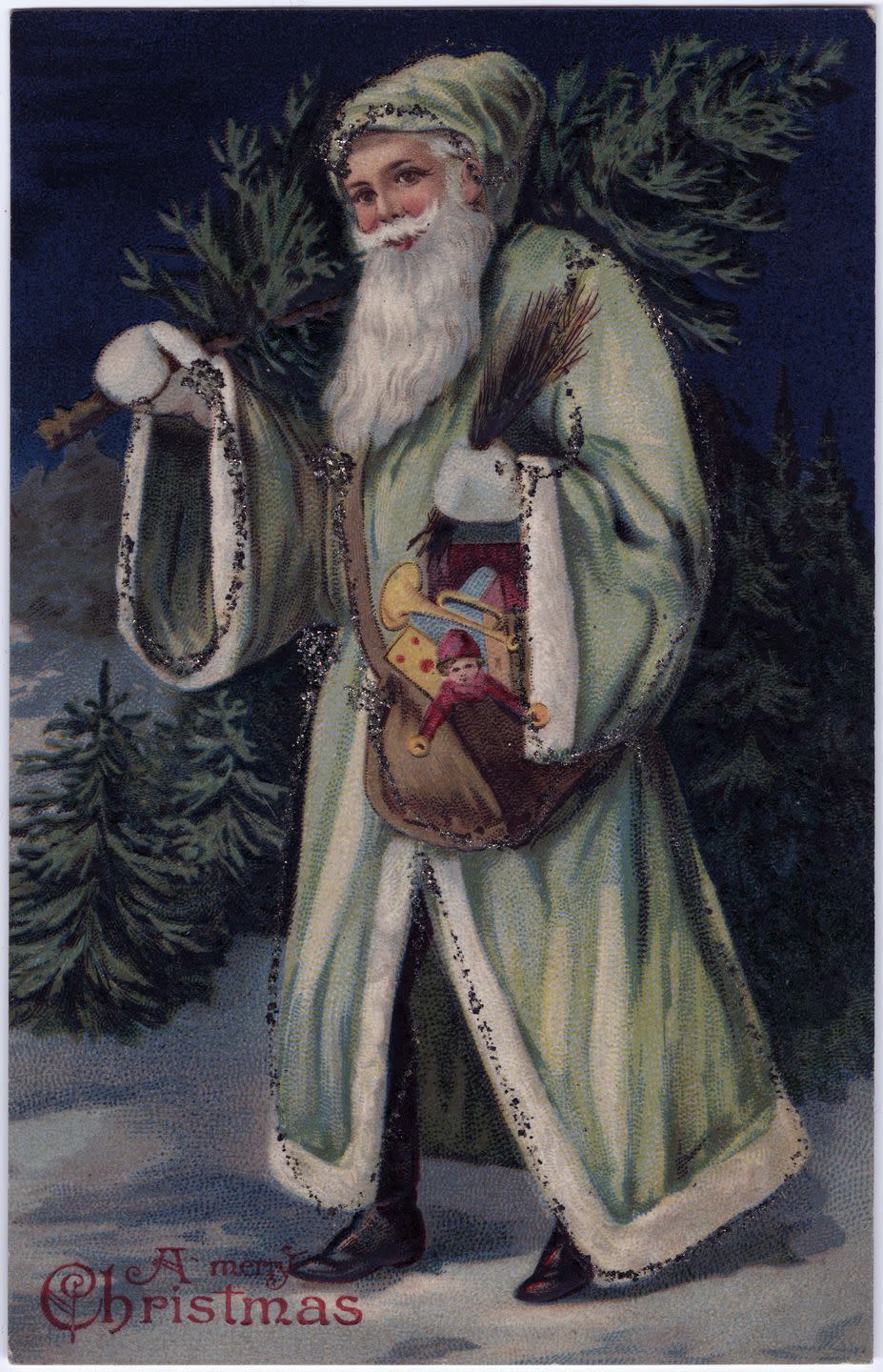
But even if you don't recognize an artist's name, certain features command more market value, like novelty cards with moving or folding parts. One trendy kind incorporated transparent paper, so when you held the card up to the light you could see brightness coming through building windows and such.
Kovel also advises looking out for cards that tell a history, such as content alluding to a war or topical event, or even a popular toy of the time. Evidence pointing to a specific date can add to the card's provenance.
Recognizable cartoon figures like Snoopy, Mickey Mouse, and Felix the Cat also have a specific market, and then there's the big guy himself. Santa's look and demeanor has changed a lot over the years, but he's remained popular among buyers. Before Coca-Cola helped popularize our notion of Santa today, he often wore a green coat, or had elfish features instead more jolly ones.
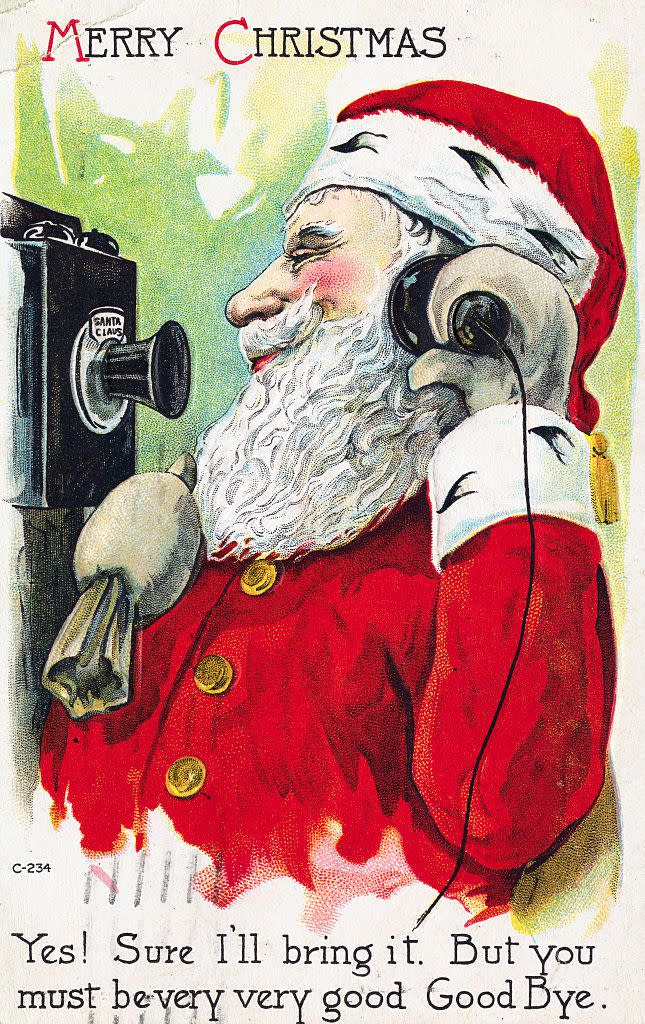
Condition
Both Kovel and Davies note that condition matters now more than ever, as buyers frequently demand near-mint status. The ideal scenario is a card that's sat forgotten (and protected) in box for years, as it's less like to have rips, tears, fading, or other damage.
To keep your own collection safe, Kovel advises using museum framing to display cards as it will better preserve the paper.
Signatures
The real jackpot is finding a card with a famous person's signature, which will attract buyers who follow particular authors or artists or specialize in presidential or film memorabilia.
Make sure it's the real deal before paying any big bucks though. "Some are signed and some are just printed," Kovel says. "You've just got to make sure it’s an honest-to-God signature for the autograph people."
One group of especially prolific Christmas card writers is the Queen and her descendents. "The royal family sends a lot of Christmas cards," Davies shares. "They have many people to thank at the end of the year - friends, staff, household members, and so forth - and they are signed and have gradually found their way onto the market."
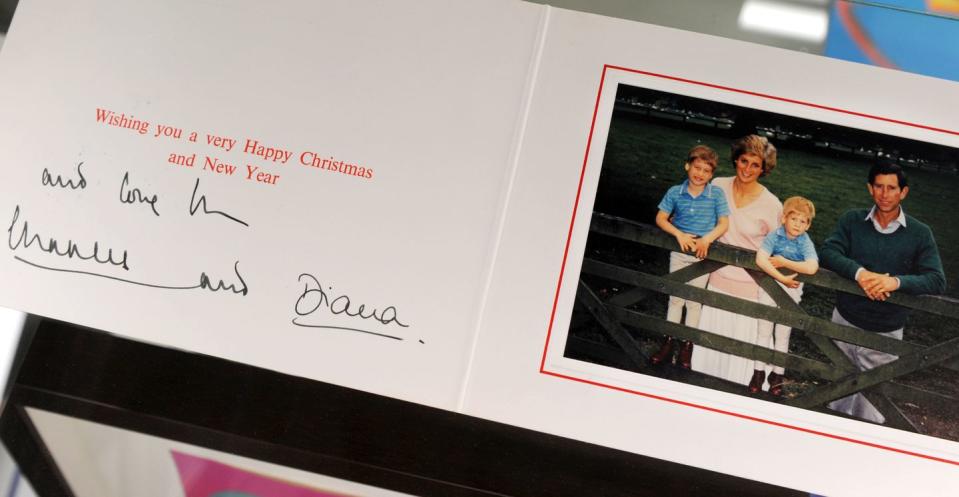
While not many of us have royal connections, it's always possible an ancestor or mutual friend did. "Maybe your grandfather knew someone of significance all those years ago, maybe they worked on a film set, knew an author, worked in publishing," Davies says. "The key bit that could add value is the signature. Everyone loves the signatures."
('You Might Also Like',)

